


Lord Buddha's enlightenment, also known as Bodhi, is considered one of the most significant events in the history of Buddhism. It marks the moment when the Buddha attained complete and perfect understanding of the nature of reality and the path to liberation from suffering. According to Buddhist tradition, the Buddha achieved enlightenment after six years of intense spiritual practice, including meditation and asceticism. One day, while sitting under a Bodhi tree, he entered into deep meditation and experienced a profound realization of the nature of reality. The Buddha saw clearly that all beings are subject to suffering, and that the root cause of suffering is attachment and craving. He also saw that it was possible to overcome this suffering by following the Eightfold Path, which includes ethical conduct, mental discipline, and wisdom. After attaining enlightenment, the Buddha began to teach his insights to others, and his teachings eventually spread throughout India and beyond. He founded the Buddhist tradition, which has since become one of the world's major religions. The story of the Buddha's enlightenment is an important reminder of the potential for all beings to achieve spiritual awakening, and of the power of compassion, wisdom, and inner peace. It continues to inspire Buddhists and non-Buddhists alike to this day. Read more about how Lord Buddha attained enlightenment and gave the world The Four Noble Truths and Eightfold Path here.
Sometimes a person will desire a tour that lets them relax and enjoy the scenery. Sometimes one craves time in their life to contemplate the tranquil nature of things. One of those tours that lets you do this is The Buddhist Circuit tour. It lets people relax, unwind, and revitalize their spirit as they learn about the serene culture. The visit to monasteries
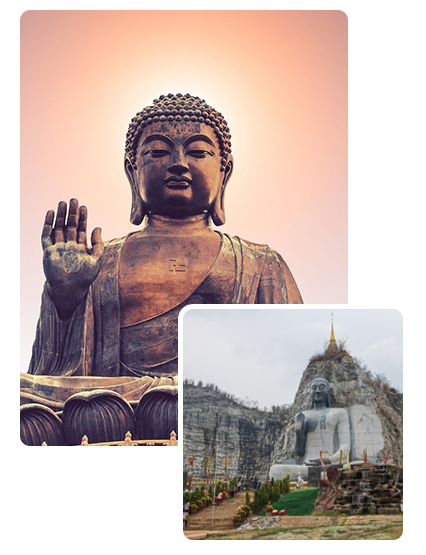
The Land of Buddha is a Hub of information related to Buddhist pilgrimage destinations and tour packages, Stupas, Monasteries and all about Buddhism in India, Nepal and the Subcontinent. Buddha's teachings and Travel assistance for Buddhist Tourists.
Buddhism, one of the three major religions in India, was born during the lifetime of Gautama Buddha. Buddhist pilgrims followed and still follow a route to visit holy sites associated with the life and teachings of Buddha in northern India. We design our all-inclusive Buddhist India Tour Packages to allow tourists to explore vital destinations and get an experience of a lifetime.
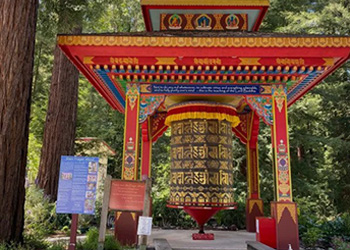
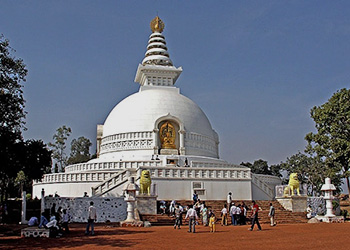
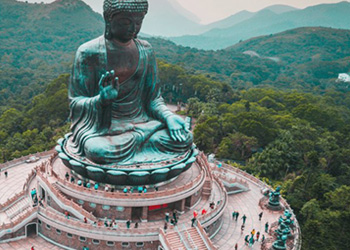
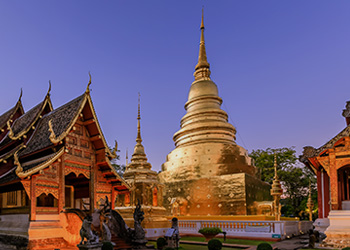
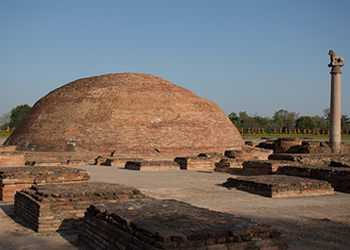
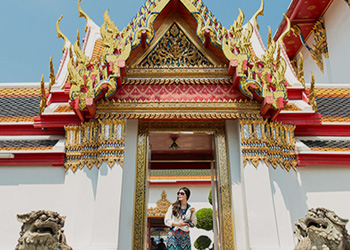
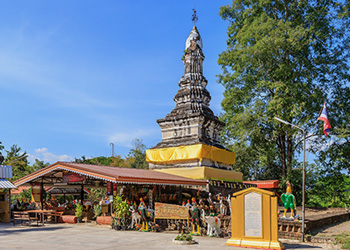
Buddhist monasteries are holy places.
They are sacred and they are important to Buddhists. Buddhist monasteries are in the northern and eastern part of India.
They are very popular. People travel from all over the world to visit them. They are very important to Buddhists.

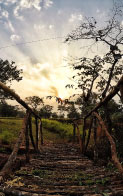
Starting from ₹ 14799* Booking online get 1000 off .
Book Now








......

......

......

......

......

......
“The whole trip, from beginning to end, was truly wonderful and memorable. We learned so much about India, and saw so many beautiful things, that it is difficult to put our amazement into words. This truly was another "trip of a lifetime", as was our Nepal trip last year, also arranged by Memorable India. Thank you for making our trip such a huge success.”
“ Hi Raj, First of all, let me thank you for the travel arrangements in India. Everything was just superb. Our driver, Jagdish, was wonderful. He is a great driver (the traffic really is incredible), he is very personable, always exactly on time, the car was beautifully clean every day and it was really a pleasure to have him taking care of us. Also, our guides were delightful, particularly our guide in Jaipur, who was a real character in the best sense of the word. All the hotels were just beautiful beyond words. We had a wonderful time. ”
Thanks for your efficient planning and execution; Our Chardham & Agra/Delhi trip went very well and we had a very good time. Thanks to your guide Mr.Govind Sharma and the Driver Anand for their extremely helpful and professional personalities.
Thanks for the arrangements made by Mr Raj for the Buddhist Pilgrimage Tour. The Hotels arranged were excellent ones. Our Tour guide was very knowledgeable and polite. Our group will definitely return next year.
“Six days of cycling on and off road, tough but super enjoyable and interesting. Lucky to have a great group and tour guide, Alfonso.”